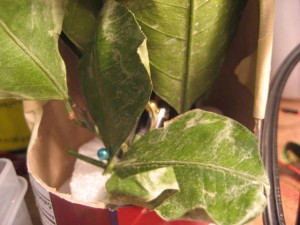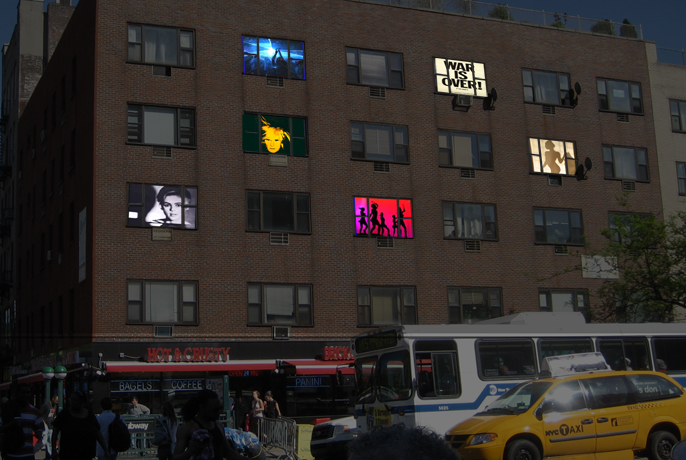(Note: in starting the class late, I haven’t had time to finish week 1’s readings, but they will be posted in due time.)
In reading the first two chapters of Orality and Literacy, I can’t help but think of a time in which I’ve come across the topic of oral and written language. The first was to read Sundiata, which is a story from Mali about Sundiata, the first king of Mali, during an African history class. In the class we learned about griots, who are essentially living historians, and from whom the story has been recorded. My summary, is that they pass the history of a people or person to others by means of an oral tradition, which as I learned in the class, is or was relatively common in this part of Africa, if not in significantly many other parts of Africa.
After this story, I then learned much about the use of information, its preservation and use in our culture. I remember one discussion in particular, in which another student, who was African, had given an example of how he was able to recite the history of his family for several generations. I can’t remember now, but it was definitely impressive and represented the example of oral recitation demonstrated by griots of West Africa. I (stupidly) said something to the effect of how that skill was common to many Africans (because, of course, I was now an expert in African history).
Well anyway, I did enjoy reading the first two chapters. I don’t know if I’ve thought much about how the lyrical patterns in epic poetry can be used as memory aids, but I did find it surprising that anyone would be so shocked. In retrospect it seems obvious that someone attempting to recite the entirety of The Iliad would need some type of memory aid. But, then again, I also suspect that with practice, as is the case with griots, recitation could come relatively easily with practice.
I also found the discussion of how difficult it is for people with written literature to divorce themselves of words, such as with the example given of how to explain a horse to someone who has never seen a horse, or how ‘secondary oral literates’ will see the word “nevertheless” in their mind – I do – when they spell it or say it aloud. Along these lines, the first chapter seemed very concerned with explicating some of the negative impacts of written literature, while also explaining the difference between oral performance art and written literature that is simply read aloud.
Eventually, however, the second chapter has begun to discuss some of the benefits of the written language, particularly the ability of the written language to record the oral, of which, as stated on the second page, many have disappeared or become subsumed by other languages. I didn’t quite understand “bicamerality”, which is discussed at the end of this chapter, but I took it as describing the feeling I have when writing, when I feel as though I’m speaking to myself, and the introduction of the phenomenon of noting bicamerality as unusual occuring in the period of humanity immediately preceding the written language.




